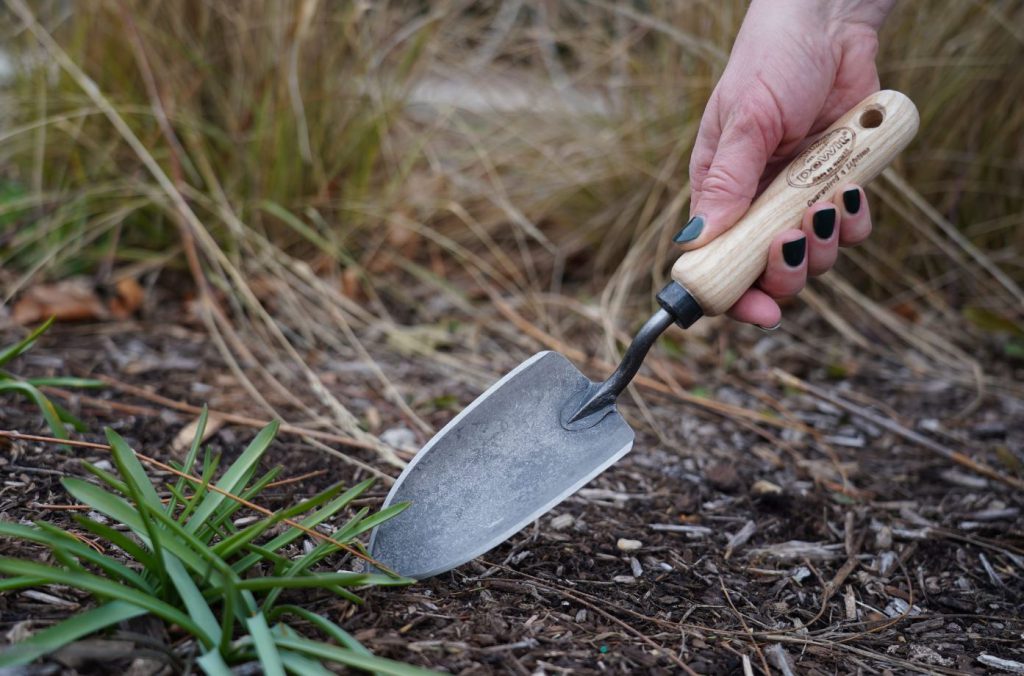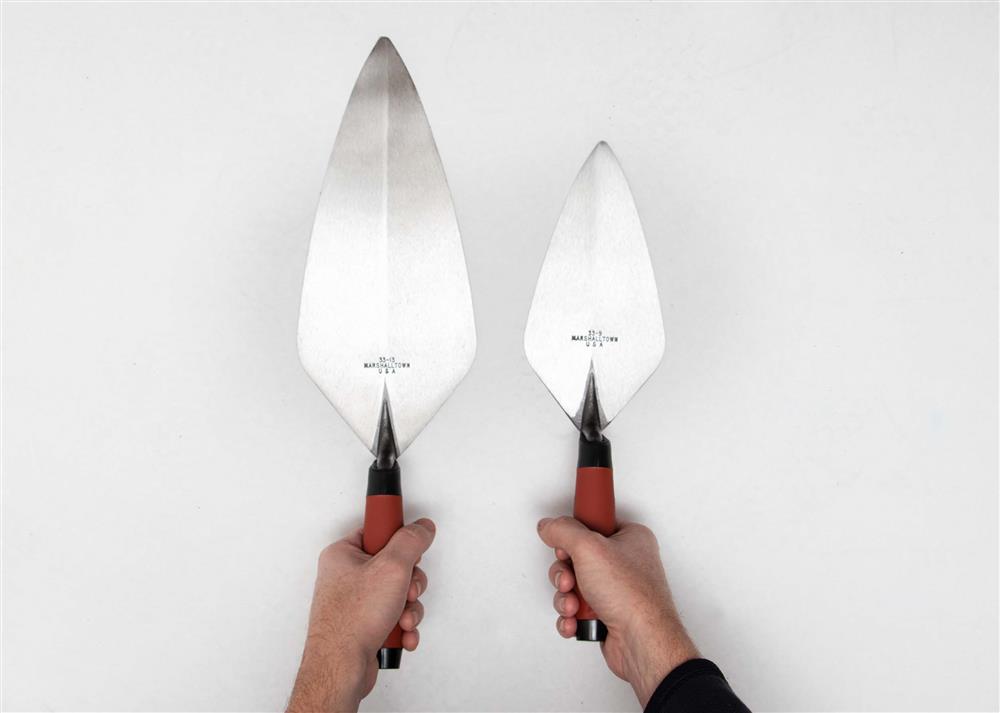Uncover the secrets to choosing the perfect trowel with our comprehensive guide – essential reading for all DIY enthusiasts!
Table of Contents
Introduction to Trowels
Have you ever wondered about the cool tools that gardeners or builders use to dig and shape the soil? Well, one of those handy tools is called a trowel! Let’s dive into the world of trowels and discover why they are so important in gardening and construction.
A trowel is a small handheld tool with a flat, pointed blade that is used for digging, scooping, and spreading materials like soil, concrete, or mortar. It’s like a mini shovel that helps you work with precision and ease.
Exploring the Trowel
Have you ever seen a small, handy tool that looks like a mini shovel? That’s a trowel! Trowels are important tools used in gardening and construction to help with digging, planting, and smoothing out materials. Let’s take a closer look at what trowels are all about.
Parts of a Trowel
A trowel has a few key parts that make it useful. The handle is where you hold onto the trowel, the blade is the flat part that does the work, and the tip is the pointed end that helps with precision. When you hold a trowel, you can feel how sturdy and helpful it is for your outdoor projects.
Types of Trowels
There are different types of trowels for different jobs. Some trowels are best for gardening, while others are perfect for building things. Each type of trowel is designed to make specific tasks easier, like planting flowers or spreading mortar. It’s like having the right tool for the right job!
How to Choose the Best Trowel

When it comes to choosing the best trowel for your gardening or building project, there are a few important things to consider. Let’s explore some tips on how to pick the right trowel for the job.
Size Matters
The size of a trowel can make a big difference in how easy or difficult a task is. For smaller jobs, like planting flowers or herbs in a garden, a smaller trowel with a narrow blade might be more suitable. On the other hand, for larger projects, such as spreading mortar or concrete, a larger trowel with a wider blade would be more efficient.
Shape and Material
The shape of the blade and the material the trowel is made from can also impact its performance. A trowel with a pointed blade is great for digging into soil or spreading adhesive, while a trowel with a rounded blade is better for smoothing out surfaces. Additionally, trowels made from durable materials like stainless steel or carbon steel are more long-lasting and can withstand tough jobs.
Caring for Your Trowel
When you have a trusty trowel by your side for all your gardening or building adventures, it’s essential to take good care of it so it can last a long time. Here are some simple tips on how to keep your trowel clean and in top shape:
Cleaning Your Trowel
After you’ve finished using your trowel, it’s important to clean off any dirt or debris that may have accumulated on it. Grab a bucket of warm, soapy water and a clean rag. Dip the rag into the soapy water and gently wipe down the blade and handle of the trowel. Make sure to rinse off any soap residue and dry the trowel thoroughly before storing it away.
Storing Your Trowel
Proper storage is key to keeping your trowel in tip-top condition. Find a dry and sheltered spot in your garden shed or garage to store your trowel. You can hang it on a hook or place it in a bucket filled with sand to keep it upright. Avoid leaving your trowel outside where it can be exposed to the elements, as this can cause it to rust or deteriorate faster.
Fun Trowel Projects for Kids
If you love plants and flowers, using a trowel to plant them can be so much fun! With the help of a grown-up, pick out some colorful flowers or herbs from the store. Then, dig a small hole in the soil with your trowel, gently place the plant inside, and cover it with dirt. Water it well, and watch your garden grow with the help of your trusty trowel!
Creative Crafts
Did you know that trowels can be used for more than just gardening? You can get creative and use a trowel to shape and sculpt different materials like clay or play dough. Try making your own mini sculptures or even creating unique patterns in the clay using the edges of the trowel. Let your imagination run wild and see what amazing creations you can come up with!
Conclusion
After learning about trowels and how they are used in gardening and construction, you now have a better understanding of this handy tool. Remember, a trowel is like a mini shovel that helps you dig, scoop, and spread things like soil or cement. It’s a versatile tool that can make your outdoor projects easier and more fun!
So, the next time you’re working on a gardening project or helping with a building task, don’t forget to grab your trusty trowel. Whether you’re planting flowers, mixing concrete, or creating a masterpiece in the dirt, a trowel will be your best friend!
Try using different types of trowels for various tasks and remember to keep them clean and stored properly so they last a long time. With the right trowel and some creativity, you can tackle all sorts of exciting projects and have a blast while doing it!
FAQs
How much does a trowel cost?
Trowels can vary in price depending on their size and the material they are made from. Some trowels may be more expensive if they are made of high-quality materials, while others that are smaller or made of simpler materials may be more affordable. It’s always a good idea to compare prices and choose a trowel that fits your budget.
Where can I get a trowel?
You can find trowels at various places, such as hardware stores, garden centers, or even online. Hardware stores usually have a selection of trowels for different purposes, while garden centers may offer trowels specifically designed for gardening tasks. Online retailers also provide a wide range of trowels to choose from, making it convenient to purchase one from the comfort of your home.
